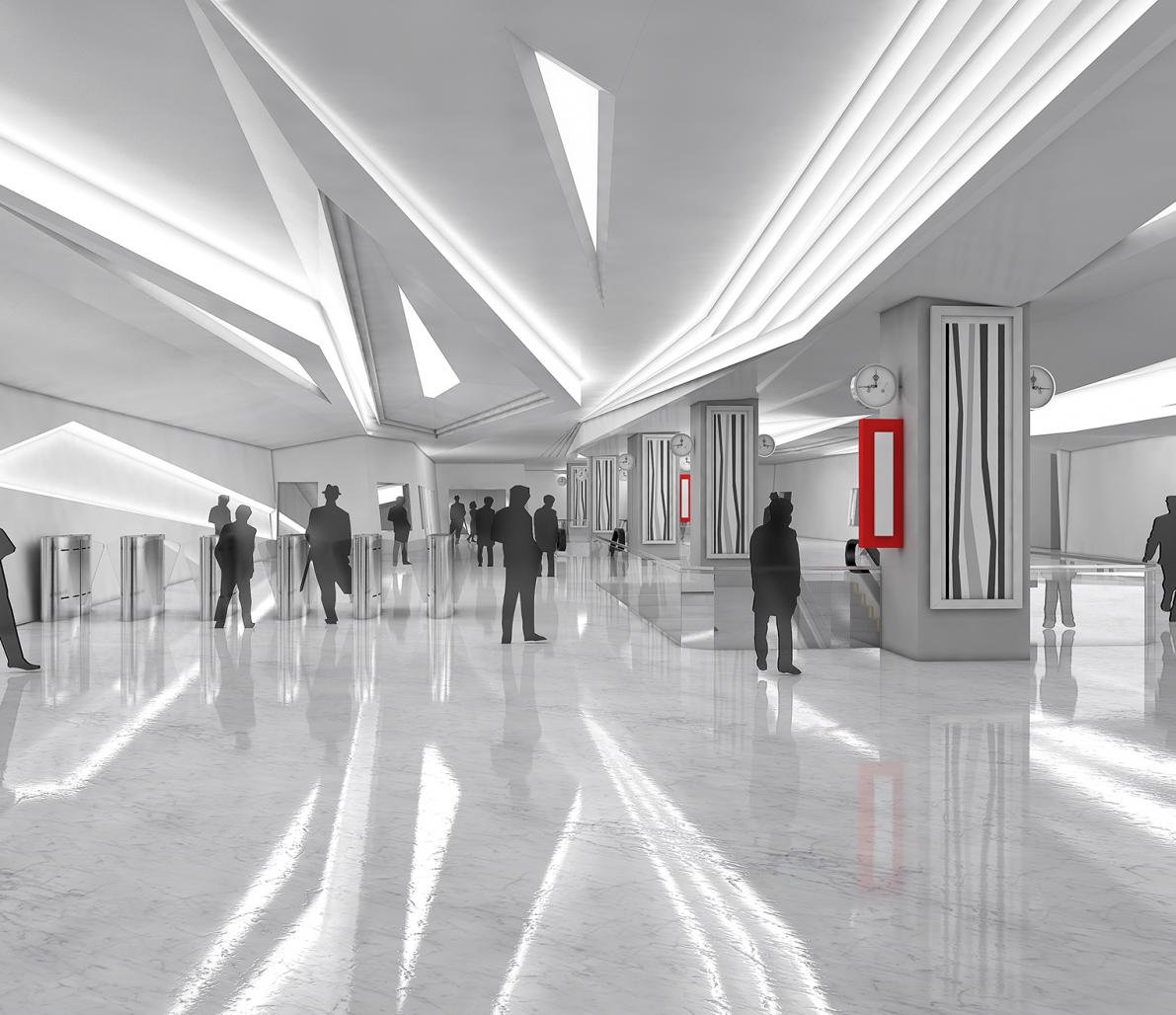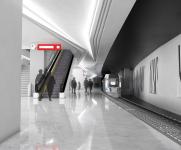What we know today as Tabriz, is the result of the formation of a city over the years, the result of human life during the centuries of the city’s history and the result of its citizens’ thought and action on how to form a city with building (as positive spaces) and roads (as negative spaces). There have been lots of various factors for this formation which we may have a little understanding of or are impossible to judge but we all might make different deductions about them. By the way, nowadays we are thinking of building underground roads which, intentionally or unintentionally, are following the roads on the ground. In other words, the subway tracks are in many ways similar to the roads on the ground and follow the lines of the streets. Design basics and how to deal with issues The competition takes place on this basis. From designer’s point of view, a station is a place where connects the roads on the ground to the underground ones which they both follow the city rules and procedures. Considering the subway and the city as a unit, the designer looked at them as a targeted and indeterminate move which has its aim and regularity –just the same as city roads- though it may seem the opposite. This move is apparently seen in all three sections, including train station, its leading corridors and the top floor of the station building: Broken and irregular forms represent the movement, and the lights in ceiling and walls and their reflection from the floor represent the aim of the movement and its direction. These kinds of stations are in harmony with the environment and make a whole unit with the city and at the same time, create a new space due to the use of innovative technologies and materials which affect people’s lives who are accustomed to the city they live in.
2015



